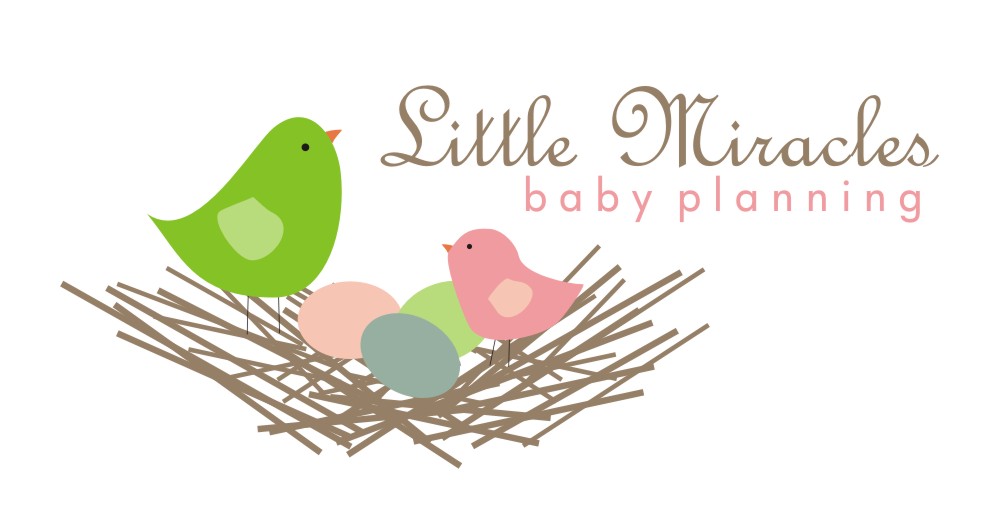
When I became a mom in 2001 I didn’t even think twice, it was disposable diapers all the way. I was tired and overwhelmed like any new mom and wouldn’t even consider anything that didn’t make life easier in some way. I wish I had seen past all that and looked at the bigger picture. Disposable diapers are going to be sitting in our landfills longer than than you and I will walk the earth. Check out these diaper facts for the real lowdown on why cloth diapers should be explored for your baby’s bum.
Today we have a guest post from Amara Sparacino with some tips on cleaning your cloth diapers effectively. Thanks Amara!
—————————————-
Going Green and Staying Clean with Cloth Diapers
Diapers are not something to be tossed around lightly. The average little one, in its first year of life goes through more than 2,500 diapers. Wow.
So, you’ve decided to help your baby and the environment by using cloth diapers. Maybe you want to avoid using the chemicals usually associated with disposables. There are lots of good reasons to go with cloth, your baby’s bottom will likely appreciate it, and you won’t suffer from images of landfills and diaper mountains dancing in your head.
It’s a big job. But wait – how do you actually clean cloth diapers correctly?
As you know, it means more responsibility. Untreated cloth diapers need to be changed more frequently than disposables. And it is that issue alone that probably explains why some people stay with disposable diapers for convenience. But washing cloth is not rocket science. And let’s face it, it’s been practiced for just about forever.
Start With the Basics
There are two basic and popular storing methods for cloth diapers: wet pail and dry pail. Let’s talk about the advantages and disadvantages of both.
With a wet pail, diapers are stored in water (and normally baking soda) before washing. Many people prefer the dry pail method however because of the odor from stagnate water and the process of emptying it. Pails can be uncovered or covered and odors are controlled through a sprinkle of baking soda.
Another good idea: place a deodorant disc at the bottom of your pail. And for dirty diaper bags that feature a small piece of fabric sewn into the inside seam, you can use a few drops of an essential oil. Consider Tee Tree and/or Lavender oils to help disguise those pungent odors that may be tougher to deal with.
Washing and Drying
One of the most recognized of the green detergents available is Mountain Green. It contains no enzymes, softeners, dyes, brighteners, or fragrances (in the Free and Clear version). Numerous other detergents are also known for their “greenness”, and they include: Allens Naturally, Arm & Hammer Essentials Free; Bio-Kleen; Maggie’s Soap Nuts; as well as Sun and Earth. Some moms swear by the Smart Klean Laundry Ball because it’s chemical free, non-toxic hypoallergenic and soap less, and effectively sanitizes. It works best with smaller loads and utilizes natural ceramics to clean fabrics. There are knock offs of the SmartKlean Ball that are less effective, so keep your eyes out. (Extra tip: add fine sea salt and vinegar for a boost in cleaning power).
In general, diapers should be washed through two cycles: 1) COLD/COLD or a COLD rinse or soak, and 2) HOT/COLD wash. Skipping the first COLD/COLD cycle will likely result in more stains, which is why it is necessary to prepare the diapers for the HOT water cleaning. Many odor problems are resolved with no more than 2 to 3 drops of Tea Tree or Lavender essential oils.
Avoid washing no more than two-dozen diapers at one time. This will prevent piling from friction in your machine.
Make sure your rinse water is free of bubbles, and keep in mind that cycles can be repeated to deal with persistent odors and/or stains. Just put the freshly washed diapers either in the dryer (on HOT for an hour to 90 minutes) or in the sun to finish. Heat from the dryer or sun will effectively sanitize the diapers so they will be up to snuff for your baby’s darling derriere. And while your wee one may not thank you for the effort, the peace of mind that comes from taking such care is priceless.
Amara Sparacino is a mom of an 11 month old baby girl (who goes through way more diapers than she ever imagined possible!) She works with her brother on WashingMachines.net a website that helps people who are searching for a washing machine find information about every machine available – allowing them to compare costs, efficiency ratings and check out reviews so they can find the best washing machine for their home.

.png)






























